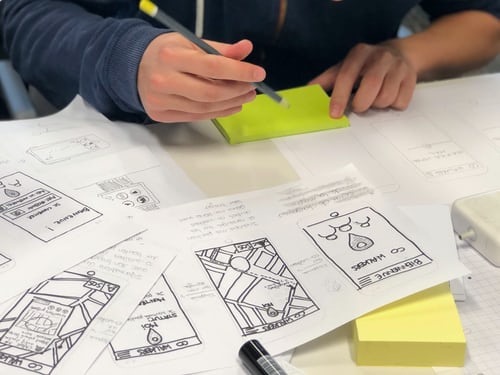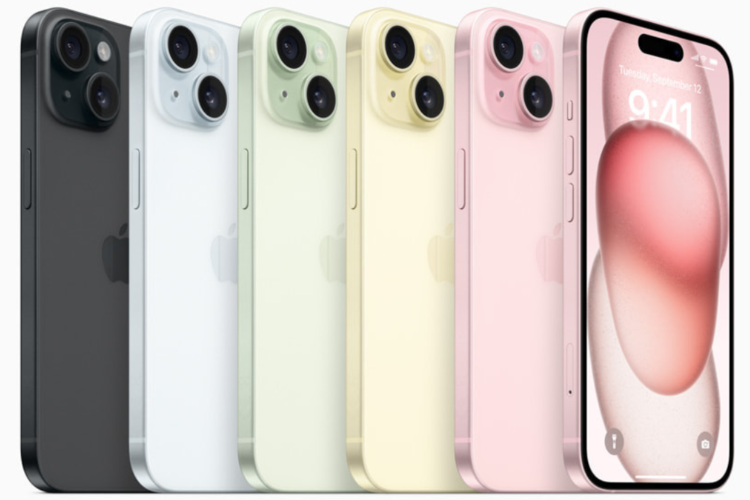
Why is dart preferred in flutter over other programming languages?
Dart programming language has got drastic attention from developers due to its reliability and lease of compilation. Google has released Flutter 1.0 last December. After that, it was kept in beta mode for over 18 months of time-period. The team of Flutter researched upon various programming languages before finalizing on Google Dart for coding the flutter Apps. The main reason behind its preference was its user interface and close resemblance with object oriented programming languages like C and Java. However, the use of Dart is not limited to mobile app development. It is a programming language that is used to build anything on the web, servers, desktop and mobile applications.
It is very true that Dart has bumped up after the release of art started getting more attention in 2017 when Google officially announced Flutter beta for cross-platform mobile app development. A number of developers are gravitating towards Dart as it is two times faster than other programming languages.
Advantages of Dart over other programming languages:
Dart is a programming language that is a little bit similar to C programming. So, if you are well-versed with C and Java language then Dart is the perfect match for you. There are mainly two advantages of Dart over other programming languages. The first one is that it offers two types of compilation along with a virtual machine. This enables the users to run it on mobile, web and desktop. Secondly, this programming language is completely open-source and exceptionally easy to learn for people with basic programming knowledge.
What makes Dart a perfect companion of Flutter?
There are numerous features that make Dart a perfect programming language for development of Flutter Apps. Dart is loved by everyone because it matches the way developers build user interfaces.
5 considerable reasons to use dart for Flutter:
Easy to learn and use:
Many developers have found that Dart is particularly easy to learn as it has features that are familiar to both static and dynamic language users. In terms of coding and use of syntax, Dart has Java-like syntax. Therefore, developers from OOPS background can learn and use this easily after getting the basics. However, Google has done complete documentation of Dart on its official site, which helps newbies and programmers from other OOPS languages to pick up concepts quickly.
Smooth and fast:
Dart is Ahead of Time compiled which allows almost all of Flutter codes to be written in this language. Dart programmers have two ways to compile the program namely AOT and JIT. This helps them to build apps in several ways. On one hand using the JIT compilation can speed up development process, in other, handAOT compilation can be used for better optimization. This ultimately makes the Flutter Apps faster and allows customization of virtually everything ranging from widgets to interface.
Hot reload:
This one is the most appreciated feature offered by the combination of Dart and Flutter The availability of hot reload feature opens up the door for developers to experiment with various other manipulations to enhance the productivity. For this, Flutter uses the JIT compilation that performs the operation in the blink of an eye.
Garbage collection:
Garbage collection can largely affect the quality of your project. Hence, unlike other programming languages, Dart performs garbage collection without requiring locks and thus makes the Flutter apps run butter smoothly.
Preemptive scheduling:
Dart eliminates the need for lock because the thread of this programming language don’t share memories. It gives the developers more control and power over the entire process.
Bottom line:
In this article, we have highlighted a few features of Dart that make it perfect for Flutter Apps. Dart is fairly new as compared to JavaScript and other traditional programming languages. It has some distinguishable features and great support from Google that make it stand away from the crowd.



